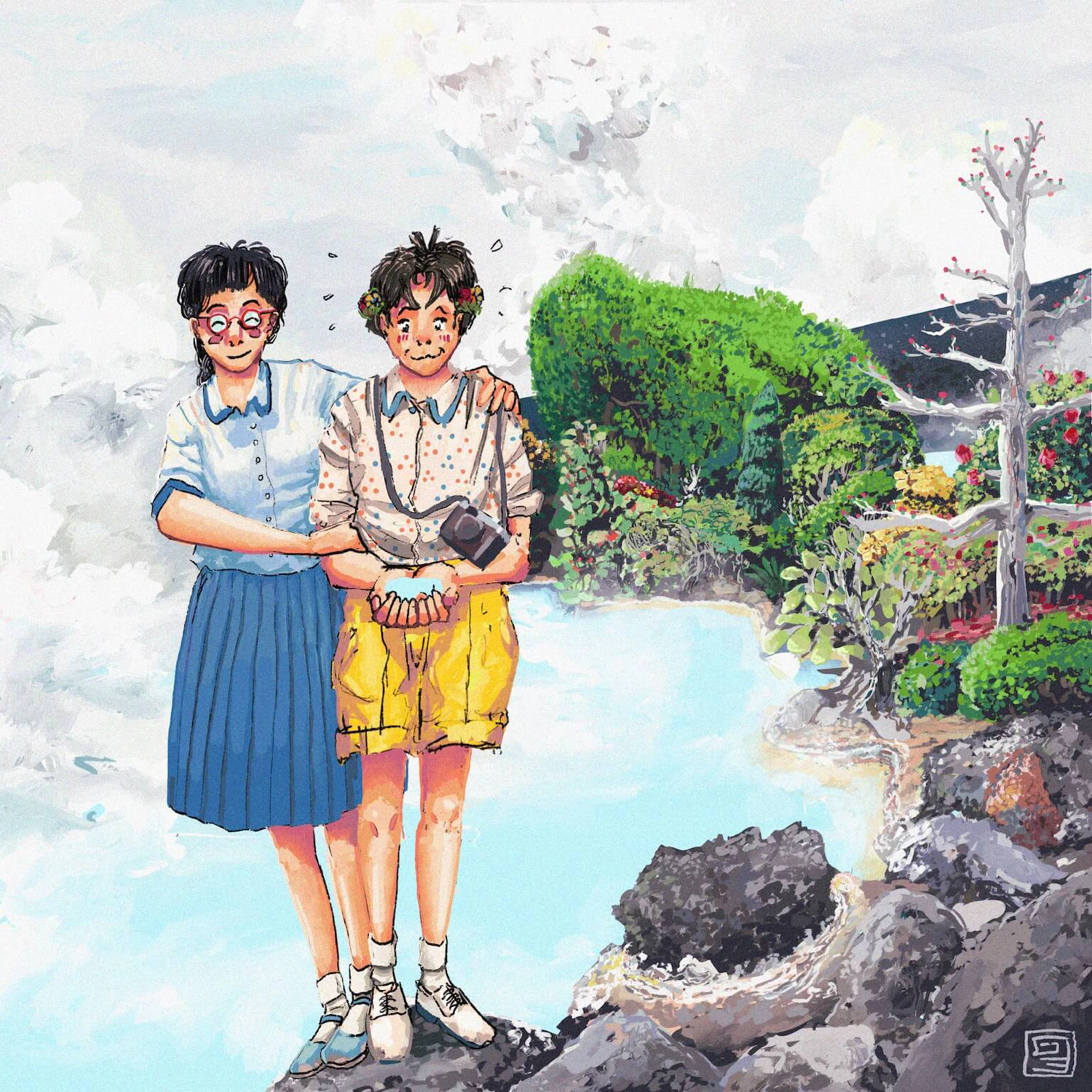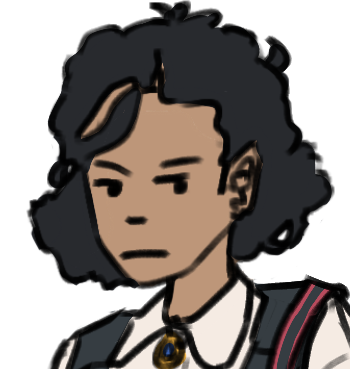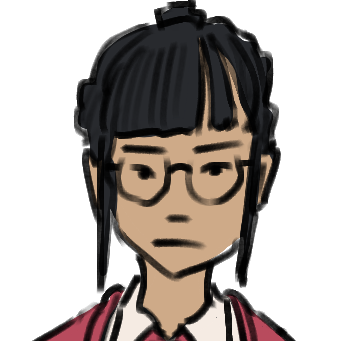NEW Story: Sunday Morning
A Kodak Moment by a Vekllei Geyser

This article is not part of Vekllei canon. It may be old, obsolete or just a bit of fun.
In her journal for practicing writing the Vekllei language (appropriately called Vekllei), Tzipora wrote:
The heavy clouds above were children of early spring, but among the steam vents it seemed like the whole sky was polluted by geysers. Large pools, opalescent with healthy minerals, were heated by the core of the Earth. In a volcanic desert of black sand, the geysers were an oasis, rising from the sulphuric fog like a little eden.
Her study was well beyond mere communication by now, venturing further into the pleasures of language and poetry. It made her smile to think back at where she’d been just five years before. She recalled images of a nervous immigrant thumbing through her dictionary at a tram stop, terrified of the nonsense characters around her.
Geysers are the heart of Vekllei spiritualism. The town of Geyser in Vekllei is in fact the origin of the word. They are symptomatic of Vekllei’s naturalistic statehood — a testament to the impermanence of landscape and the symbiosis of people and soil. The geysers, once barren jewels of harsh volcanic landscapes, were now ringed by foliage at their edges as the seeds unwittingly carried by travellers blossomed in rich volcanic earth.
Vekllei people will visit from a young age. Nothing is signposted — there is no natural infrastructure. Several deaths a year are reported. As a Vekllei child you develop a relationship with your spring, and learn its unique qualities. Where it is safe to draw water, for example, and where it will boil your skin in a flash. You learn its colour and smell. In rural communities, they are an essential organ, where birth and marriage and death coalesce. Vekllei heritage is not dominated by blood, but by earth, and no clearer are the sites of life than amidst her ancient volcanoes, where the wind carries steam across dark igneous slopes.

